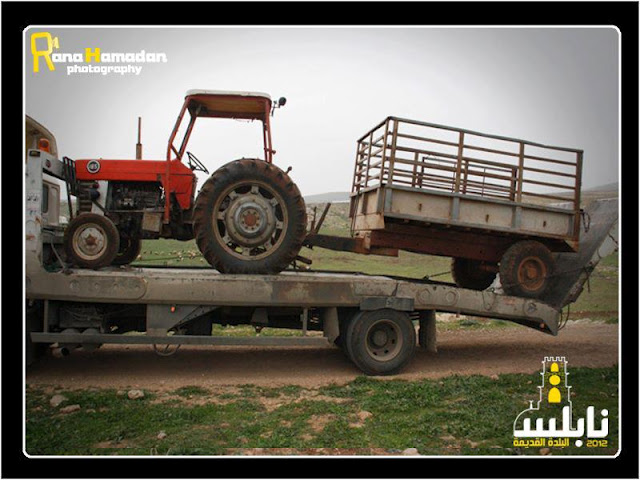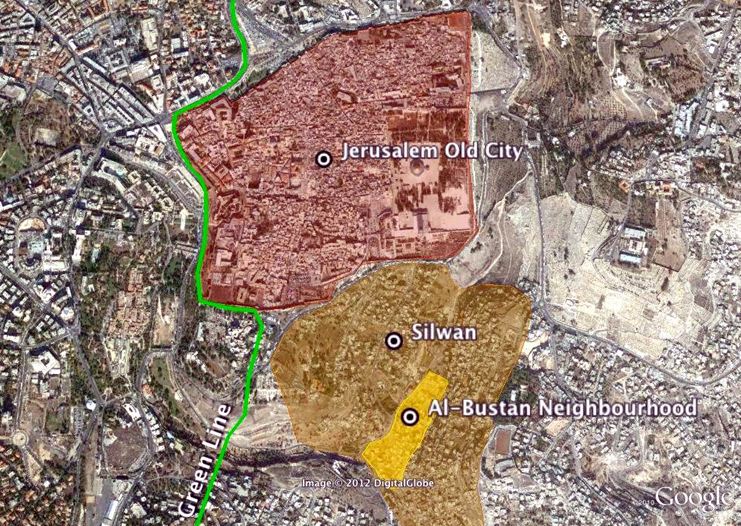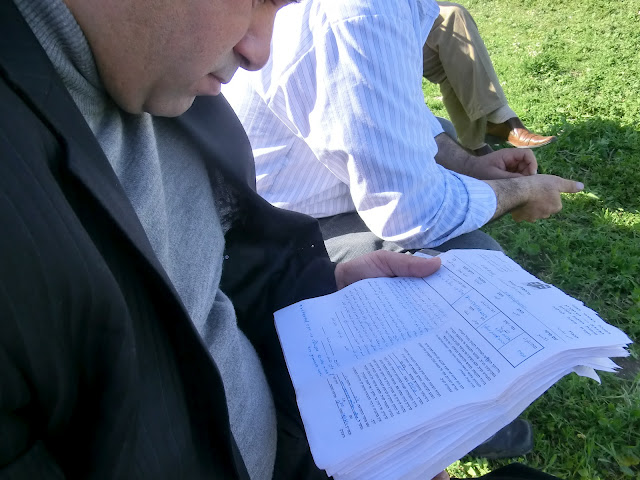Tag: House Demolition
-
Jordan Valley: Demolitions and arrests of two Palestinians
by Satu and John 15 February 2012 | International Solidarity Movement, West Bank On February 14, 2012, in the small village of Twael of the Aqraba district, southeast of Nablus in the Jordan Valley, the home of the Bunni Jaber family was destroyed by an Israeli backhoe protected by 20 soldiers in four military vehicles.…
-
88 Palestinian houses to be demolished for Israeli park
11 February 2012 | Al Haq Palestinian residents of East Jerusalem continue to face an increased threat of home-demolition and forced eviction. The neighbourhood of Silwan, located to the south of the old city of Jerusalem, and with a population of over 50,000 Palestinians, is at particular risk. The city municipality, whose unilaterally drawn borders…
-
Tubas: Israel robs the Jordan Valley dry
by Jonas Weber 8 February 2012 | International Solidarity Movement, West Bank On Saturday 5 February a delegation of activists from the International Solidarity Movement (ISM) went on a tour in the municipality of Tubas, 30 minutes by car to the south east of Nablus. At the municipality building of Tubas we were greeted by Marwan E. Toubassi,…



